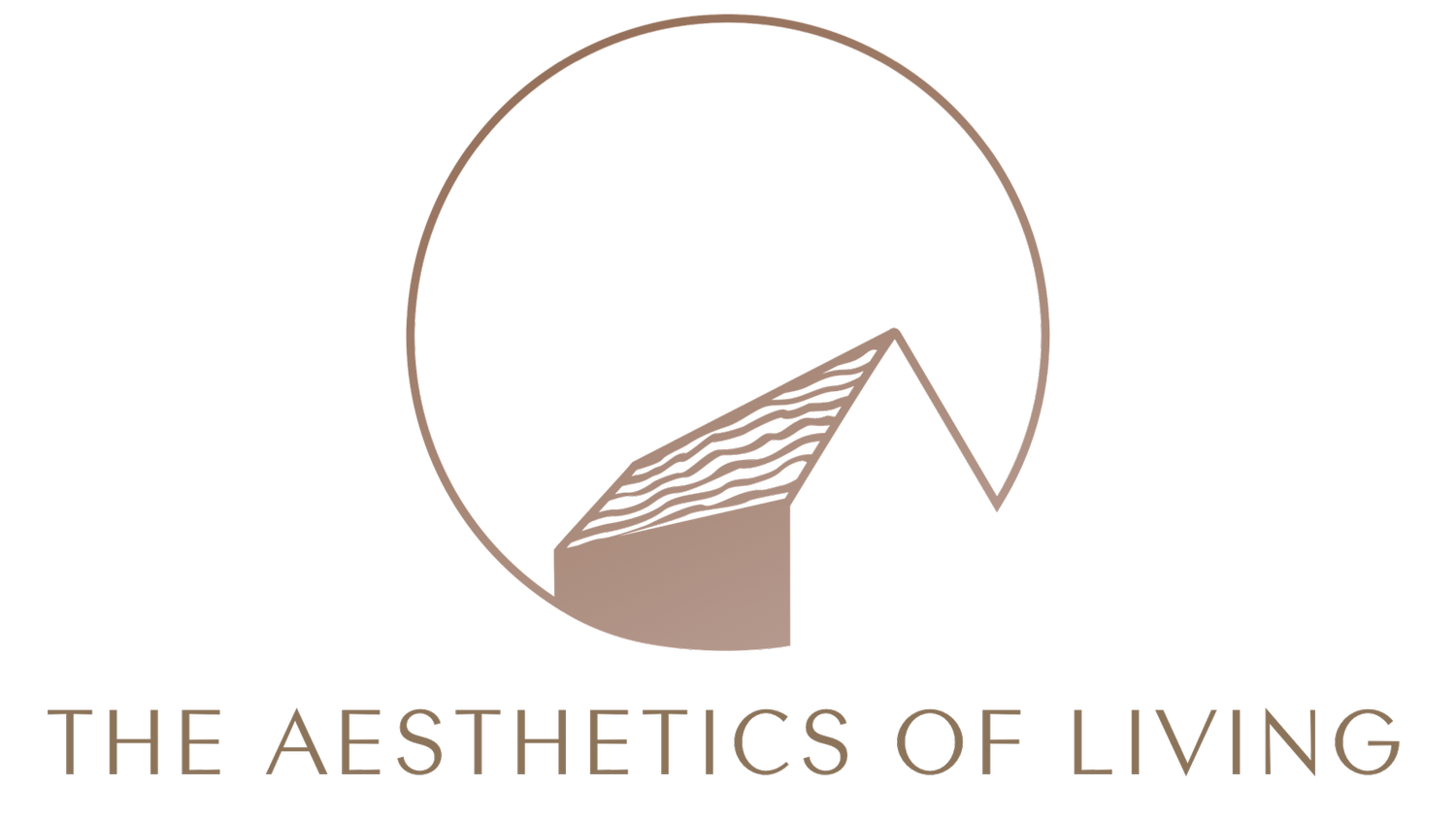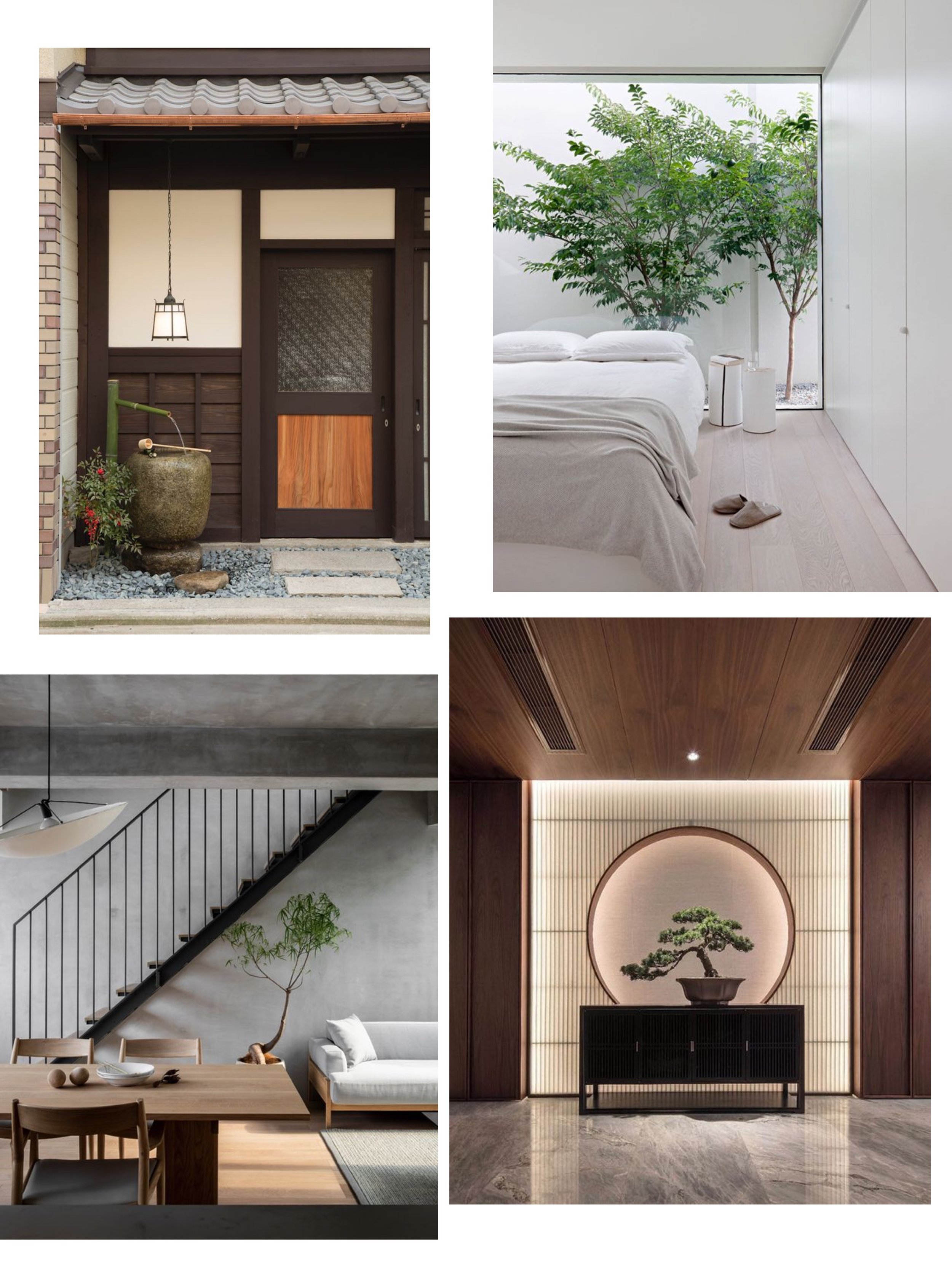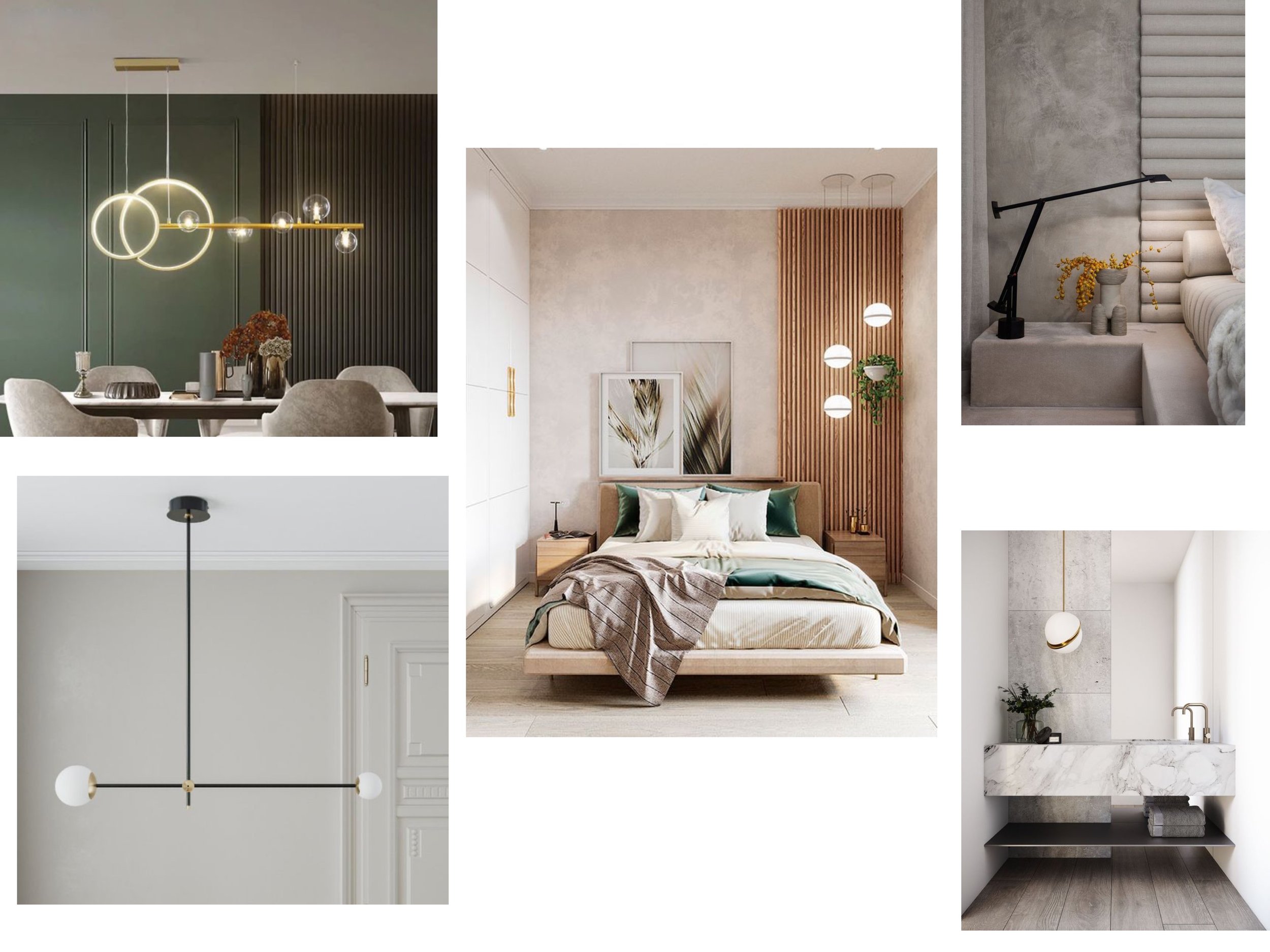ASYMMETRY
Asymmetry is not the absence of symmetry.
In interior design it is very intentional and the weight of one side is carefully looked at to get a composition right.
Symmetry is used to suggest power, certainty and permanence because pairing reads as static and therefore at rest. Squares and cubes are inherently static shapes. This may make your space or building feel restful but perhaps a bit dull, if that isn't desired.
To give a space more life, suggesting activity, movement and flow then use the principle of asymmetry. Making a dynamic composition encourages the eye to explore. Why would this be desirable?
Asymmetry requires a higher order of thinking, our brain needs to work a little to appreciate the ‘disturbance’. To give a DOPAMINE release we can design-in an uplift in thinking. After a day of mundaneness it may be a desirable thing to turn a corner in your home and view a scheme/vista/arrangement that raises the bar; viewing a higher order of aesthetic arrangement is pleasing for this reason.
Asymmetry requires or invites a higher order of appreciation.
In the interior architecture
破調 ha-chō
Is an intentional unevenness, an asymmetrical balance that works with the interior architecture. Hachō is a broken rhythm and is a design principle utilised to create an interior space that is peaceful yet heart uplifting too.
Sitting rooms
Curved forms in furniture are often inherently asymmetric and these shapes are enhanced by adding verticalness where the highest points on the sofa back occur. Floor standing lamps and tall plants work well here.
Styling on surfaces
In the styling and arranging of accessories; books, objet d’art, table lamps, small framed artworks, we can use asymmetry in these artful piles to offset a strong room or furniture symmetry. The eye is drawn to these triangular arrangements, as it moves over the tableaux our brain is engaged and pleased.
Eclectic & personality led aesthetic styles
Asymmetry is not only for the more minimal aesthetics like ‘Japandi’ (awful name but it is the combination of a love of Japanese and Scandinavian design). The above rooms are done in an Eclectic aesthetic..
Fireplaces
The fireplace and hearth was quite often traditionally symmetrical. If you have this in your home you can add a little asymmetry to add visual interest.
Light fittings
The light fittings I am showing here are either designed to be asymmetrically balanced inherently or are placed to add to the balanced composition of the elevation.
Thanks for reading!
I appreciate you.
until next time, Áine (Awn-yah) Atara







